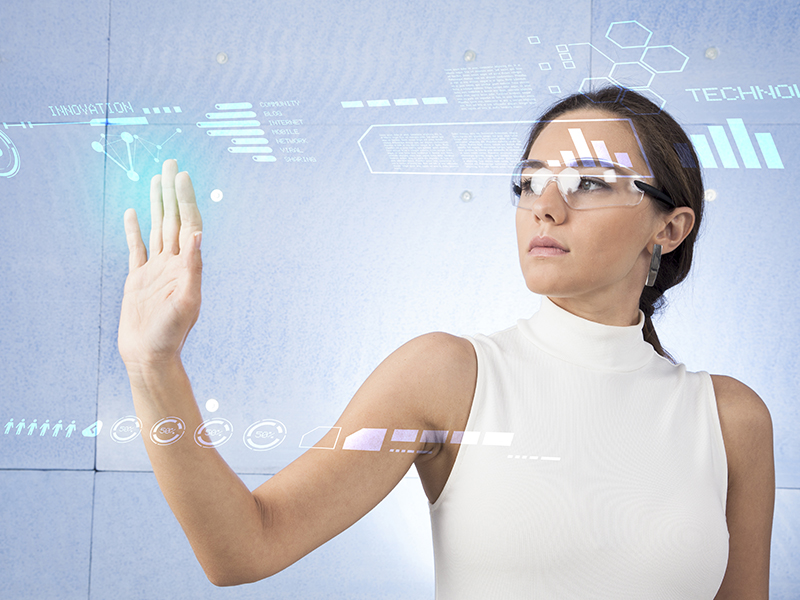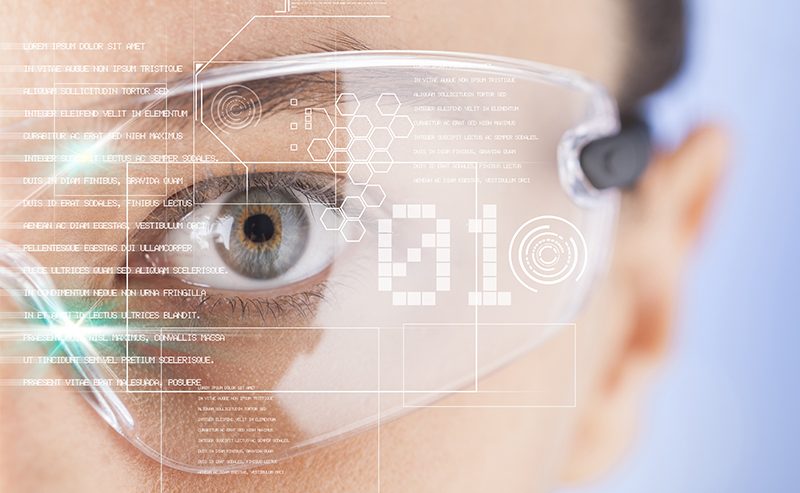Latest Development In Smartglasses – Are You Ready For It?
Smartglasses are wearable computer glasses that add information alongside to what you see when you are wearing them.
Superimposing information to the field of view, ie, what the wearers see, is achieved through an optical head-mounted display (OHMD) or embedded wireless glasses with transparent heads-up display (HUD) or augmented reality (AR) overlay. These systems have the capability to reflect projected digital images as well as allowing you to see through it or see better with it when you are using them.

The most standard smart glasses perform only basic tasks, for example, serving as a front end display for a remote system, as in the case of smart glasses utilizing cellular technology or Wi-Fi.
More advanced model of smart glasses are like mobile and wearable computers which can run self-contained mobile apps. Some are handsfree and can communicate with the Internet via natural language voice commands, while others use touch buttons.
Google Glass is an example of more powerful smart glasses. Google glass was produced with the mission of producing a ubiquitous computer. Google glass display information in a smartphone-like hands-free format. Wearers communicated with the internet via voice commands. It also had a built-in video camera.
Recent models of smart glasses are capable of receiving a large volume of requests from your network, collect information from internal or external sensors; on a real-time basis. It may control or retrieve data from other instruments or computers. It may support wireless technologies like Bluetooth, Wi-Fi, and GPS. A small number of models could even send audio and video files to users via a Bluetooth or WiFi headset.
Smart glasses can also run self-contained mobile apps, providing a number of applications that are relevant to your daily life, eg., activity tracking, fitness tracker.
A pair of smart glasses may also be connected to your mobile devices – you may listen to music, have a hands-free, secure viewing of virtually all information from a connected mobile device. It reflects light from a holographic element directly into the retina, projecting alerts, calls, wake-up calls, appointment reminders and short message services or navigation information.
This type of smart glasses will be ideal for notes-based information such as task lists, shopping lists, recipes or assembly instructions that are particularly practical, where it is important to keep your hands free. They could also be a more convenient alternative to smartwatches because to use them you don’t even have to look at your wrist. This will make them the perfect accessory for drivers, motorcyclists, and cyclists.
People are also talking about gesture control for smart glasses. With gesture control capabilities, smart glasses would be able to recognize and interpret the movements of the human body.

While there are many new developments and possibilities with smart glasses, there are still many problems that need to be solved. For one thing, they very often look like people won’t want to wear them on the street under normal conditions. Another problem is related to power – the battery is barely enough for several hours of operation.
Tech companies want to solve these problems and offer smart glasses for a wide range of users. The latest technology called Light Drive, a system that can work with glasses to correct users’ vision and is capable of turning any glasses into “smart ones”, have just been introduced
Miniature solution system has also been introduced. These miniature solutions make it possible to adopt a stylish design for smart glasses. The most recent model seen in the market is 30% flatter than existing solutions and the smallest system of its kind on the market. It weighs less than 10 grams. A MEMS-based bundled light scanner inside the Light Drive System scans a holographic element.




Comments
Leave a Comment